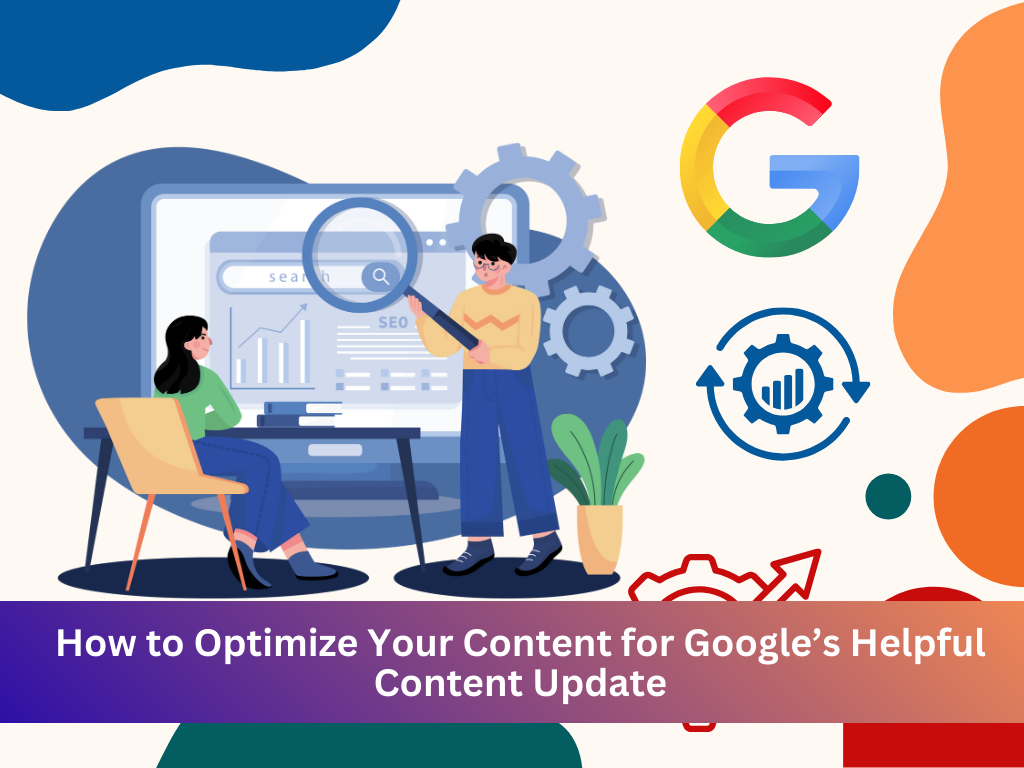
Introduction
Google’s Helpful Content Update aims to reward content that provides real value to users while demoting low-quality, unhelpful, or AI-generated fluff. This update reinforces Google’s goal of delivering people-first content rather than material created solely for search rankings. If you want to stay ahead in search rankings, it’s crucial to optimize your content to align with these guidelines.
In this guide, we’ll explore the best strategies to ensure your content is helpful, engaging, and fully optimized for Google’s latest update.
Understanding Google’s Helpful Content Update
This update focuses on identifying and rewarding content that:
- Provides genuine value to readers.
- Demonstrates expertise and depth.
- Is written by humans for humans (not just for SEO purposes).
- Addresses user intent comprehensively.
Google will now classify entire websites as helpful or unhelpful, meaning poor-quality content in one area can impact rankings across the board.
Key Strategies to Optimize Your Content
1. Focus on People-First Content
Content should be written with the audience in mind, not just search engines. Ask yourself:
- Does my content fully answer the user’s query?
- Am I providing unique insights or just repeating information?
- Would a real person find this content useful, engaging, and satisfying?
Actionable Tips:
- Avoid clickbait headlines and misleading titles.
- Use a conversational and reader-friendly tone.
- Provide original insights, examples, and case studies.
2. Demonstrate Expertise and Authority
Google rewards content that demonstrates expertise, authoritativeness, and trustworthiness (E-A-T).
Actionable Tips:
- Cite credible sources and industry experts.
- Include author bios to establish credibility.
- Showcase real-world experience in your content.
- Use case studies, statistics, and professional insights.
3. Match Search Intent
Understanding search intent is crucial for ranking well. Your content must align with what users are looking for:
- Informational Intent → How-to guides, tutorials, explainer articles.
- Transactional Intent → Product pages, reviews, comparisons.
- Navigational Intent → Brand-specific pages.
Actionable Tips:
- Research keywords carefully to match user intent.
- Structure content clearly to guide the reader to their answer.
- Use FAQs to cover related questions.
4. Avoid AI-Generated Fluff
While AI can assist content creation, over-reliance on it can result in generic, unhelpful content.
Actionable Tips:
- Edit AI-generated content manually for originality.
- Ensure it reflects human expertise and unique insights.
- Remove redundant or overly robotic text.
5. Improve Readability and Engagement
Google favors content that is easy to read and engaging.
Actionable Tips:
- Use short paragraphs, bullet points, and subheadings.
- Avoid jargon and overly complex language.
- Include images, infographics, and videos to break up text.
6. Optimize for UX and Mobile-Friendliness
User experience (UX) is now a ranking factor. Poor navigation, slow load times, and intrusive ads can hurt rankings.
Actionable Tips:
- Ensure fast-loading pages (under 3 seconds).
- Use mobile-responsive design.
- Avoid pop-ups that disrupt reading.
- Provide clear navigation and internal links.
7. Regularly Update and Refresh Content
Outdated content can become irrelevant and impact rankings.
Actionable Tips:
- Update statistics, examples, and case studies.
- Refresh meta descriptions and headlines.
- Repurpose old content into new formats (videos, infographics, podcasts).
Google’s Helpful Content Update reinforces the importance of quality over quantity. By focusing on people-first content, matching user intent, improving readability, and demonstrating expertise, you can stay ahead in search rankings and build long-term authority.
